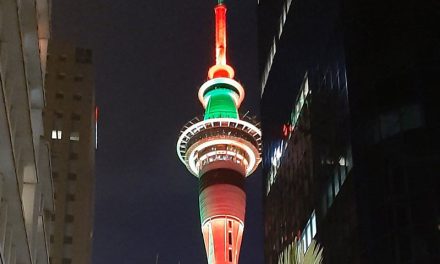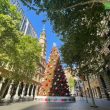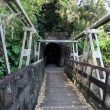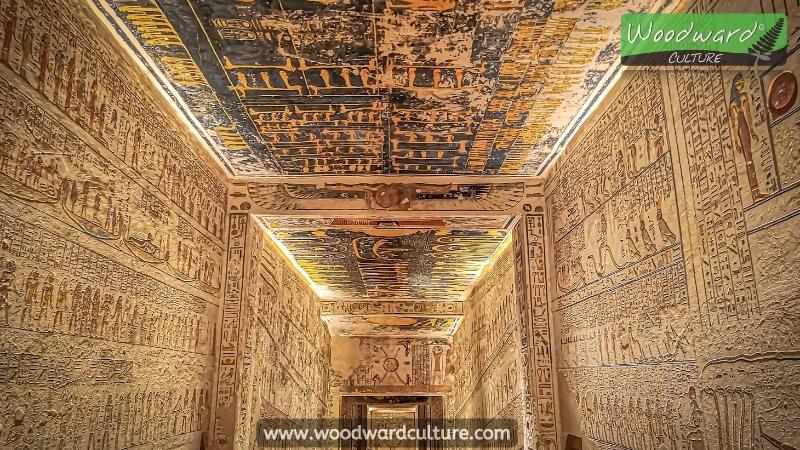
Valley of the Kings: Tombs of Pharaohs
Nestled on the west bank of the Nile River near Luxor, the Valley of the Kings stands as a breathtaking necropolis that served as the final resting place for numerous pharaohs and elite dignitaries during the New Kingdom period. This sacred site, dating back to the 16th century BCE, unfolds against the stark desert landscape, offering an awe-inspiring contrast to the lush east bank. The Valley of the Kings is a testament to ancient Egyptian beliefs in the afterlife, as each elaborately decorated tomb was meticulously crafted to guide the deceased pharaohs on their journey to eternity.
KV Tomb Numbering System
As soon as you get to the Valley of the Kings, you will realize that the 65 tombs and chambers are not far apart from each other. The tombs are numbered using an abbreviation of KV (Kings’ Valley) followed by a number which is the order in which it was discovered. The last one, KV65 was discovered in 2018. In the west valley the tombs have the WV prefix.
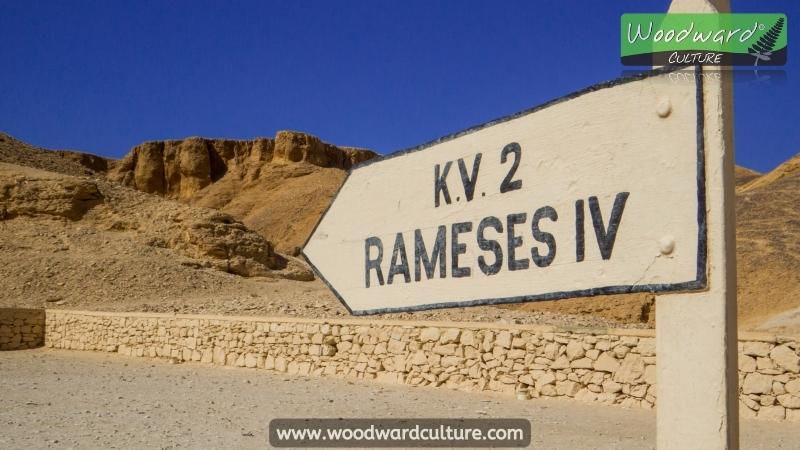
Some of the well-known tombs in the Valley of the Kings include KV62, the famous tomb of Tutankhamun discovered by Howard Carter in 1922 which revealed a treasure trove of artifacts, including the iconic golden mask that has become synonymous with ancient Egypt. KV5 is notable for being the tomb of the sons of Ramses II. Each KV tomb has unique historical and archaeological significance, providing insights into the religious beliefs, artistic practices, and burial rituals of ancient Egypt.
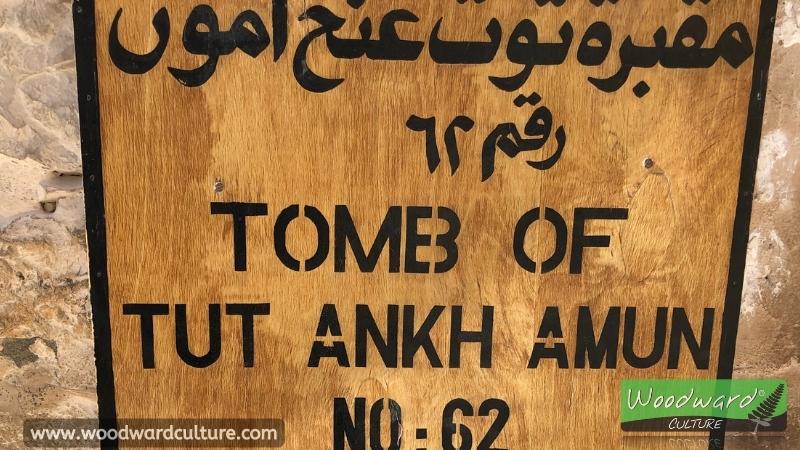
Conservation and Exploration: Preserving the Past
Ongoing efforts in conservation and exploration continue to unveil new chambers and artifacts within the Valley of the Kings. Modern technology, including ground-penetrating radar and 3D scanning, has provided archaeologists with new tools to study the tombs without disturbing their delicate contents. This delicate balance between exploration and preservation ensures that future generations can continue to uncover the mysteries held within this ancient burial ground.
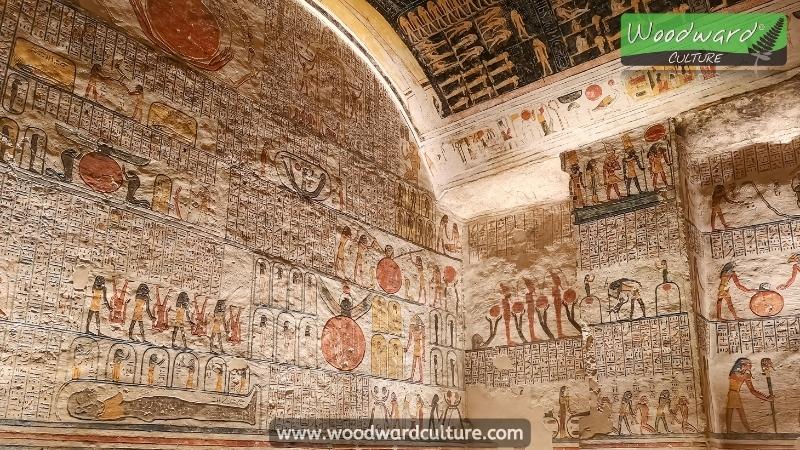
Mortuary Temple of Hatshepsut
Adjacent to the Valley of the Kings, the Mortuary Temple of Hatshepsut adds to the historical richness of the area. Dedicated to one of Egypt’s few female pharaohs, Queen Hatshepsut, the temple’s terraced architecture and intricate reliefs tell the story of her remarkable reign.
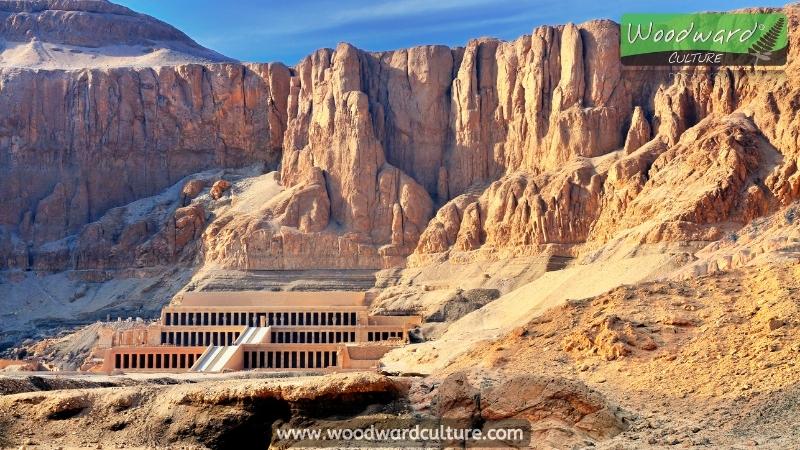
Not all tombs are open
Even though the Valley of the Kings is open for visitors every day of the year, you should know that that not all of the tombs are accessible at any one time. In fact only around 18 of the tombs are open to the public and of those some are closed due for maintenance purposes or sometimes just to regulate the flow of human traffic. If you want to visit a specific tomb then make sure in advance that it will in fact be open.
Taking photos in the Valley of the Kings
There are plenty of photo opportunities in the Valley of the Kings itself but almost always photos are NOT permitted inside any of the tombs.
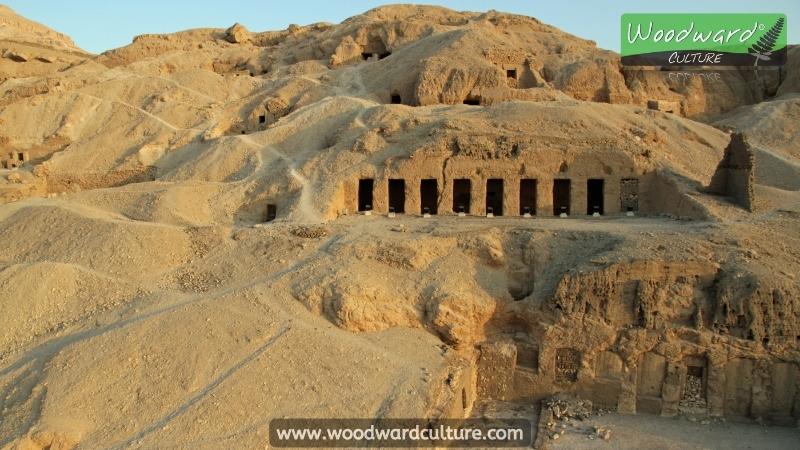
The Valley of the Kings, with its captivating tombs, artistic marvels, and ongoing archaeological revelations, provides an unparalleled glimpse into the beliefs and practices surrounding death and the afterlife in ancient Egypt. A visit to this UNESCO World Heritage site is not just a tour through history but a profound journey through the rituals and aspirations of a civilization that sought to defy the passage of time.




